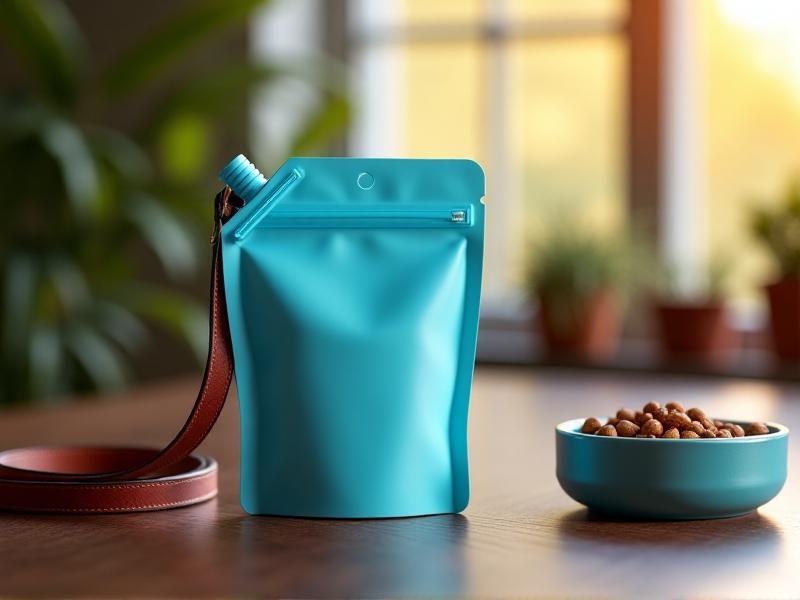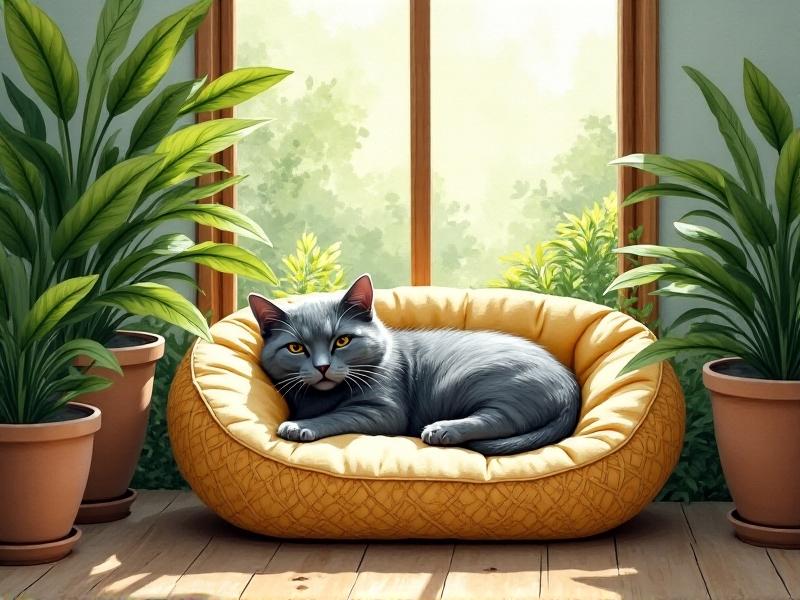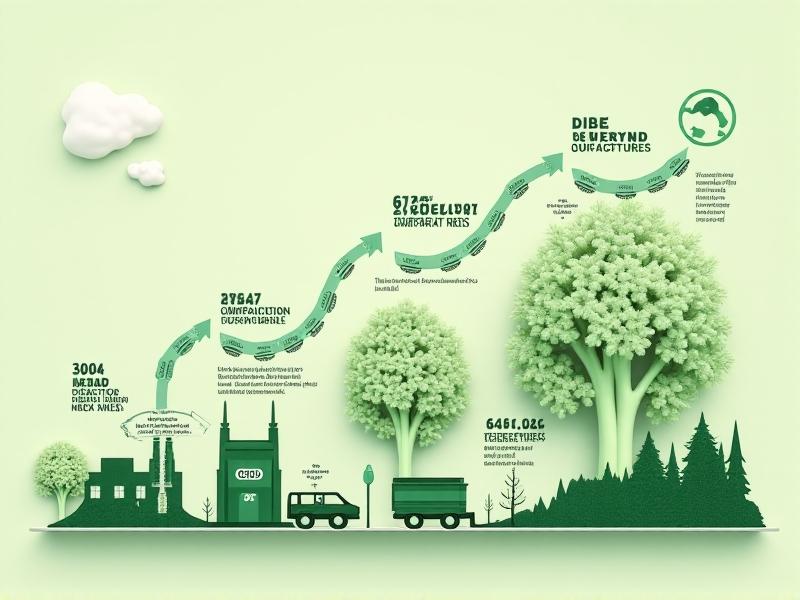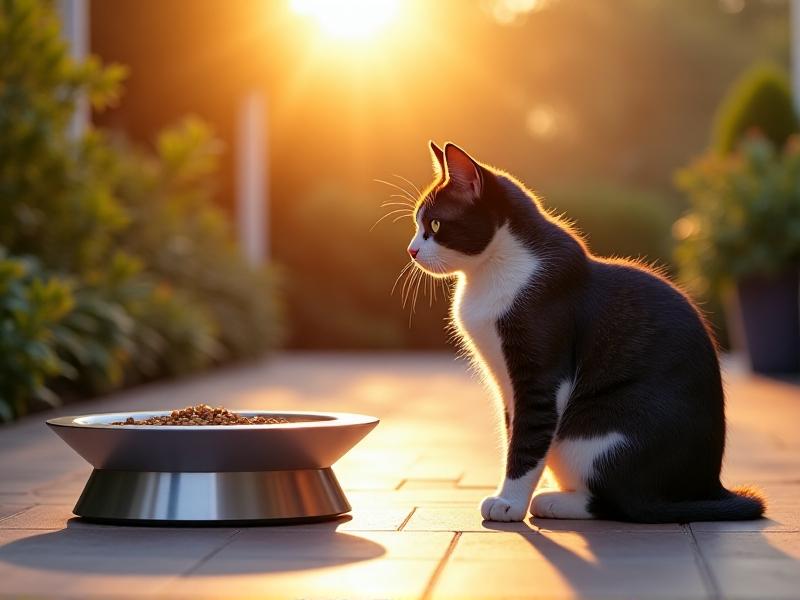How to Transition Your Cat to Compostable Litter Successfully
Understanding Compostable Cat Litter
Compostable cat litter is an eco-friendly alternative to traditional clay or silica-based litters. Made from natural materials like wood, corn, wheat, or recycled paper, it breaks down naturally in compost systems, reducing environmental impact. However, transitioning your cat to compostable litter requires careful planning and understanding of its benefits and potential challenges. Cats are creatures of habit, and sudden changes can lead to stress or litter box avoidance. By learning about compostable litter and its properties, you can make an informed decision and ensure a smooth transition for your feline friend.
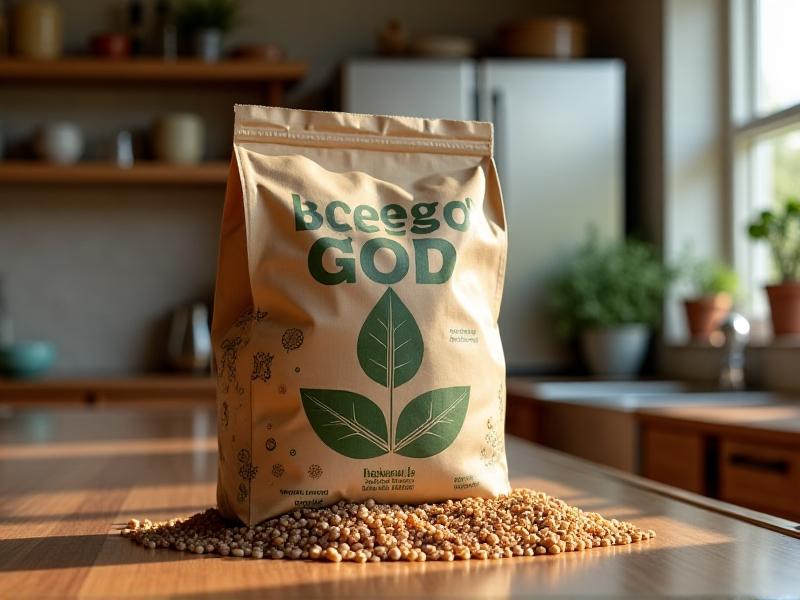
Why Switch to Compostable Litter?
Switching to compostable litter offers numerous benefits for both your cat and the environment. Traditional litters often contain chemicals, synthetic fragrances, and non-biodegradable materials that can harm the planet. Compostable litter, on the other hand, is made from renewable resources and decomposes naturally, reducing landfill waste. Additionally, it’s often dust-free and hypoallergenic, making it safer for cats with respiratory issues. For pet owners, compostable litter can be a more sustainable and cost-effective choice in the long run. Understanding these advantages can motivate you to make the switch and commit to the transition process.
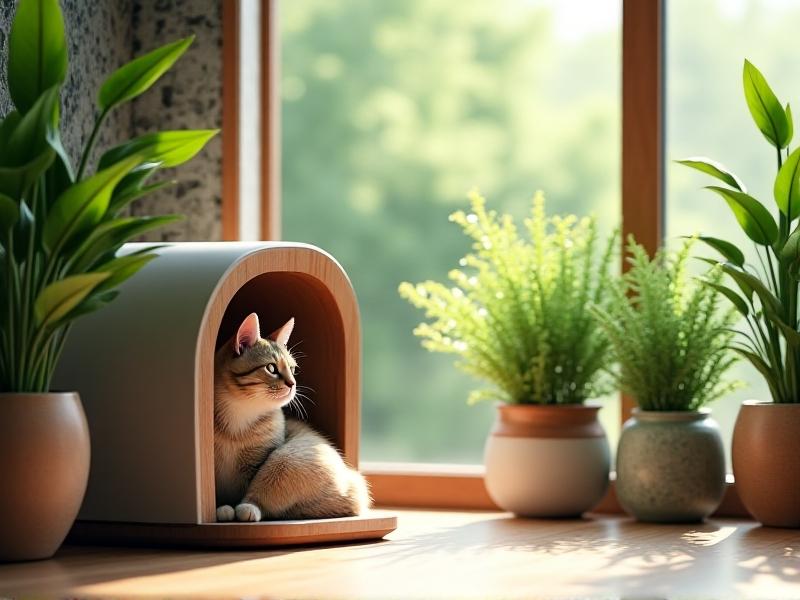
Choosing the Right Compostable Litter
Not all compostable litters are created equal. When selecting a product, consider factors like material, texture, odor control, and clumping ability. Some cats prefer finer textures, while others may like coarser options. Odor control is crucial, especially for multi-cat households, so look for litters with natural deodorizers like baking soda or activated charcoal. Clumping litters make cleaning easier, but non-clumping varieties may be better for composting. Reading reviews and testing small quantities can help you find the best fit for your cat’s preferences and your household needs.

Preparing Your Cat for the Transition
Before introducing compostable litter, prepare your cat for the change. Start by placing the new litter next to the old one so your cat can explore it at their own pace. Gradually mix the compostable litter with the old litter, increasing the ratio over time. This slow transition helps your cat adjust without feeling overwhelmed. Observe your cat’s behavior and ensure they’re comfortable using the new litter. If they show signs of reluctance, slow down the process or try a different type of compostable litter. Patience and consistency are key to a successful transition.
Introducing the New Litter Gradually
A gradual introduction is essential to prevent stress and litter box aversion. Begin by replacing 10-20% of the old litter with compostable litter, and increase the amount every few days. Monitor your cat’s reaction and adjust the pace as needed. Some cats may adapt quickly, while others may take weeks to feel comfortable. Keep the litter box clean and in a familiar location to encourage use. If your cat avoids the box, consider adding an extra litter box with the new litter to give them options. Positive reinforcement, like treats or praise, can also help your cat associate the new litter with positive experiences.
Addressing Common Challenges
Transitioning to compostable litter can come with challenges, such as odor control, tracking, or your cat’s refusal to use the new litter. To address odor, choose a litter with natural deodorizers and clean the box regularly. Tracking can be minimized by using a litter mat or opting for heavier, less dusty varieties. If your cat refuses the new litter, try different textures or brands until you find one they like. In some cases, consulting a veterinarian or feline behaviorist may be necessary to address underlying issues. By anticipating these challenges and having solutions ready, you can ensure a smoother transition.
Composting Used Litter Safely
One of the main benefits of compostable litter is its ability to be composted, but it’s important to do so safely. Only compost litter from healthy cats, as waste from sick cats may contain harmful pathogens. Use a dedicated compost bin for pet waste, and avoid using the compost on edible plants. The composting process requires proper aeration, moisture, and heat to break down the litter effectively. Research local composting guidelines or consider using a professional composting service if you’re unsure. By composting responsibly, you can reduce waste and contribute to a healthier planet.
Maintaining a Clean and Healthy Litter Box
Regular maintenance is crucial for keeping your cat’s litter box clean and inviting. Scoop the box daily to remove waste and clumps, and replace the litter completely every 1-2 weeks. Wash the litter box with mild, unscented soap to avoid deterring your cat with strong smells. Keep the box in a quiet, accessible location to encourage use. If you have multiple cats, provide one litter box per cat plus an extra to prevent territorial issues. A clean and well-maintained litter box not only ensures your cat’s comfort but also extends the life of your compostable litter.
Monitoring Your Cat’s Health and Behavior
During and after the transition, monitor your cat’s health and behavior closely. Look for signs of stress, such as changes in appetite, grooming habits, or litter box usage. If your cat develops respiratory issues or skin irritations, it may be due to the new litter’s texture or dust content. In such cases, switch to a different type of compostable litter or consult your veterinarian. Regular check-ups can help ensure your cat remains healthy and happy throughout the transition. By staying attentive to your cat’s needs, you can address any issues promptly and maintain their well-being.
Celebrating the Success of the Transition
Once your cat has fully adapted to compostable litter, take a moment to celebrate the achievement. Transitioning to a more sustainable option is a significant step toward reducing your environmental footprint and providing a healthier environment for your pet. Share your experience with other cat owners to inspire them to make the switch. Continue to explore eco-friendly pet products and practices to further enhance your cat’s quality of life. By making thoughtful choices, you can create a positive impact on both your pet and the planet.
